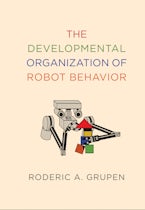Uses of Randomness in Algorithms and Protocols makes fundamental contributions to two different fields of complexity theory: computational number theory and cryptography. The most famous result is Goldwasser and Kilian's invention of a new approach to distinguish prime numbers from composites, using methods from the theory of elliptic curves over finite fields. The Goldwasser-Kilian algorithm is the first to yield a polynomial size proof of its assertions, ensuring correctness while still provably running fast on most inputs. This new primality test implies for the first time and without any assumptions that large certified primes can be generated in expected polynomial time under a distribution that is close to uniform. It provides a provocative new link between algebraic geometry and primality testing, one of the most ancient algorithmic problems in number theory. Heuristic implementations of the algorithm are currently considered to be the fastest existing methods to certify primes. Kilian also provides two elegant and original contributions to theoretical cryptography. He shows how to base general two-party protocols on a simple protocol, known as "oblivious transfer," proving the first completeness result of this kind. He also introduces a generalization of interactive proof systems, known as "multi-prover interactive proof systems," and shows that anything provable in this model is provable in zero knowledge.
Contents
Introduction • New Techniques in Primality Testing • Committing Bits Using Oblivious Transfer • Circuit Evaluation Using Oblivious Transfer: The NC1 Circuit Base • Oblivious Evaluation of Arbitrary Circuits • Interactive Proof Systems with Multiple Provers












